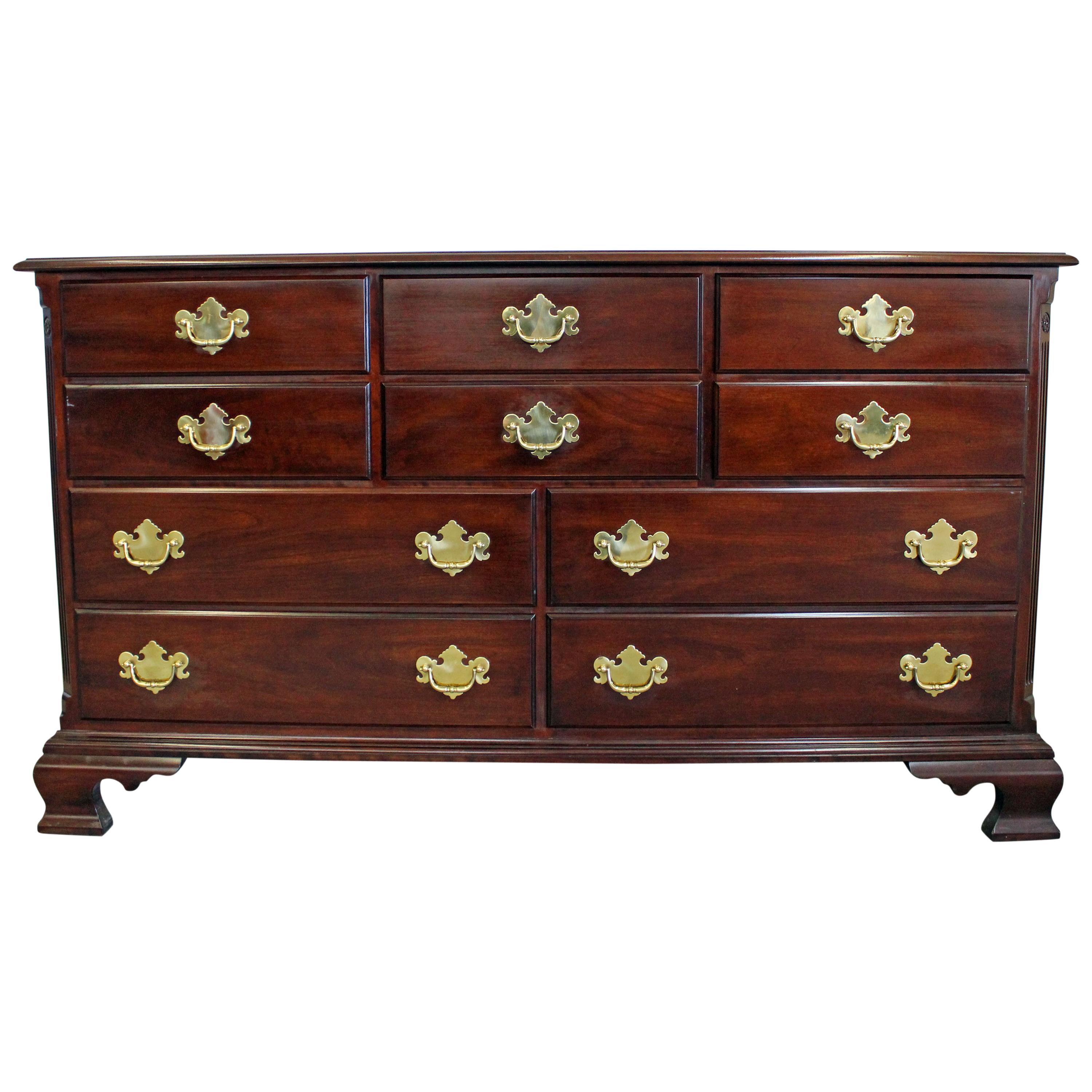The Appeal of Reclaimed Bedroom Furniture: Reclaimed Bedroom Furniture Uk

Choosing reclaimed bedroom furniture offers a unique blend of style, sustainability, and durability that can transform your sleep sanctuary into a haven of character and eco-consciousness.
Environmental Benefits
Reclaimed furniture is a sustainable choice that minimizes environmental impact. By giving old pieces a new life, you reduce the demand for new materials and manufacturing processes, which are often energy-intensive and contribute to deforestation and pollution.
Unique Character and Style, Reclaimed bedroom furniture uk
Reclaimed furniture boasts an undeniable charm and character that sets it apart from mass-produced pieces. Each piece tells a story, bearing the marks of time and craftsmanship, adding a touch of history and authenticity to your bedroom.
Durability and Longevity
Reclaimed furniture is often made from sturdy, high-quality materials that were built to last. Unlike new furniture, which may be made from cheaper materials and construction methods, reclaimed pieces have stood the test of time, offering superior durability and longevity.
Bedroom Layout with Reclaimed Furniture
Imagine a cozy bedroom featuring a reclaimed wooden bed frame with intricate carvings, paired with a vintage chest of drawers and a repurposed bookshelf. The rustic charm of these pieces creates a warm and inviting atmosphere, while their unique character adds a touch of personality and individuality. A reclaimed mirror adds a touch of elegance and reflects the natural light, enhancing the space’s ambiance.
Restoring and Upcycling Reclaimed Furniture

Reclaimed bedroom furniture, often bearing the marks of time and stories, can be transformed into stunning pieces that blend vintage charm with modern style. Restoring and upcycling these pieces not only breathes new life into them but also adds a unique and sustainable touch to your bedroom decor.
Restoring and Refinishing Reclaimed Furniture
Restoring reclaimed furniture involves bringing back its original beauty and enhancing its durability. This process typically involves cleaning, sanding, repairing, and refinishing.
- Cleaning: The first step is to thoroughly clean the furniture to remove dirt, dust, and grime. Use a soft cloth and a mild soap solution to gently wipe down the surface. For stubborn stains, you can use a wood cleaner or a mixture of baking soda and water.
- Sanding: Sanding helps to smooth out rough surfaces, remove old finishes, and prepare the wood for a new coat of paint or stain. Start with coarse-grit sandpaper and gradually move to finer grits to achieve a smooth finish.
- Repairing: Reclaimed furniture may have minor damage like scratches, dents, or cracks. You can repair these using wood filler, wood glue, or epoxy.
- Refinishing: After cleaning, sanding, and repairing, you can refinish the furniture to enhance its appearance and protect the wood. You can choose to paint, stain, or wax the furniture depending on the desired look.
Upcycling Reclaimed Furniture
Upcycling reclaimed furniture involves transforming it into something new and unique. This can involve adding new features, changing its function, or simply giving it a fresh coat of paint.
- Adding New Features: You can add new features to reclaimed furniture to enhance its functionality or aesthetic appeal. For example, you could add new hardware, like handles or knobs, or create custom shelves or drawers.
- Changing its Function: Reclaimed furniture can be repurposed into something entirely different. An old dresser can be transformed into a bathroom vanity, a vintage table can become a desk, and a repurposed headboard can serve as a room divider.
- Giving it a Fresh Coat of Paint: A simple coat of paint can dramatically transform the look of reclaimed furniture. You can choose a bold color to create a statement piece or opt for a more subtle shade to blend in with your existing decor.
Tools and Materials for Restoring and Upcycling Reclaimed Furniture
Restoring and upcycling reclaimed furniture requires a few essential tools and materials.
- Cleaning Supplies: Soft cloths, mild soap, wood cleaner, baking soda, water.
- Sanding Supplies: Sandpaper (various grits), sanding block, dust mask, safety glasses.
- Repair Supplies: Wood filler, wood glue, epoxy, putty knife, clamps.
- Refinishing Supplies: Paint, stain, varnish, wax, brushes, rollers, paint thinner.
- Upcycling Supplies: New hardware, fabric, upholstery, power tools (if necessary).
Step-by-Step Guide for Restoring a Reclaimed Dresser
Restoring a reclaimed dresser is a rewarding project that allows you to bring back its original beauty. Here’s a step-by-step guide to get you started.
- Clean the Dresser: Begin by thoroughly cleaning the dresser with a soft cloth and a mild soap solution. Remove any dust, dirt, or grime.
- Sand the Dresser: Sand the dresser using sandpaper, starting with a coarse grit and gradually moving to finer grits. This will smooth out any rough surfaces and remove any old finishes.
- Repair Any Damage: Use wood filler, wood glue, or epoxy to repair any scratches, dents, or cracks.
- Prime the Dresser: Apply a primer to the dresser to create a smooth and even surface for the paint or stain.
- Paint or Stain the Dresser: Choose your desired finish and apply it using brushes or rollers. Let the paint or stain dry completely before applying any topcoats.
- Apply a Topcoat: A topcoat will protect the paint or stain and add durability to the dresser. You can use varnish, wax, or polyurethane.
- Add New Hardware: Replace any old or damaged hardware with new handles or knobs.
